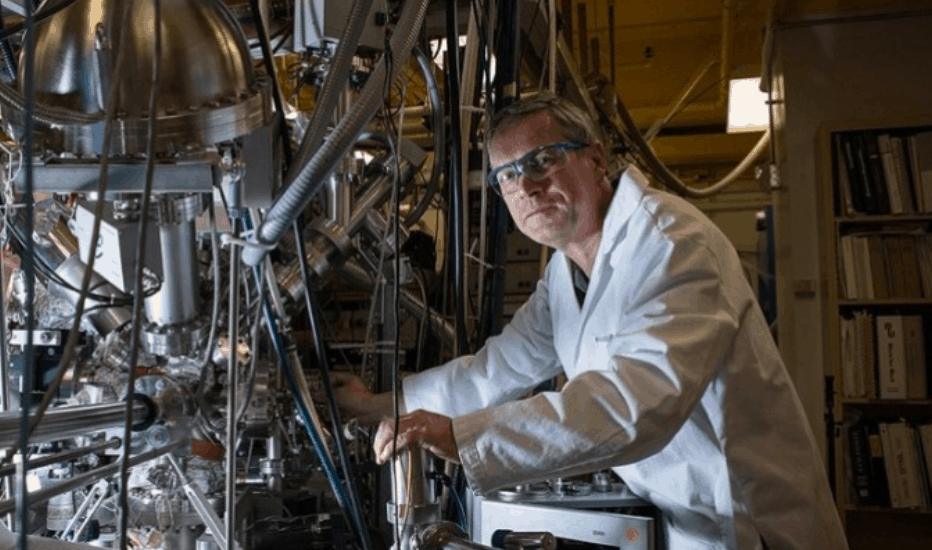
Greek scientist Dr. Konstantinos P. Giapis has led a group of researchers who developed a small, portable device that can generate oxygen from carbon dioxide. According to reports, potential uses for the new technology includes manned space exploration, allowing astronauts to generate the oxygen they breathe in spacecraft, space stations or future Mars colonies instead of transporting air from the earth, while it may also inspire methods for reducing carbon dioxide on earth.
The Greek scientist teaching at the Caltech Chemistry and Chemical Engineering department in the United States, was head of a team of US scientists and in an interview with AMNA, Giapis explained that his research into a new and unusual type of chemical reaction driven by kinetic energy "has allowed us to design a small plasma reactor, a portable device for producing oxygen that is the size of a coffee mug, which can function in the low-pressure atmosphere of Mars and utilises other processes, along with the specific reaction, to produce much more oxygen."
"This technology is now available for testing and provides a viable alternative for breathing on Mars," he added.
The reactor developed by Giapis and his team currently has a very low output, generating just one or two molecules of oxygen for every 100 molecules of carbon dioxide. The scientist believes that its performance can be improved, however, so that in the future it can produce enough air for astronauts on Mars to breathe.
Another potential use will be to remove carbon dioxide from the Earth's atmosphere, possibly assisting in the battle against the overheating of the planet.
Giapis' research shows that some unusual reactions can occur by providing kinetic energy. When water molecules are shot like extremely tiny bullets onto surfaces containing oxygen, such as sand or rust, the water molecule can rip off that oxygen to produce molecular oxygen. This reaction occurs on comets when water molecules vaporize from the surface and are then accelerated by the solar wind until they crash back into the comet at high speed.
The reaction can also occur at smaller speeds, which Giapis considers a possible explanation for the small quantities of oxygen found in the Mars atmosphere.
*Main source: AMNA

